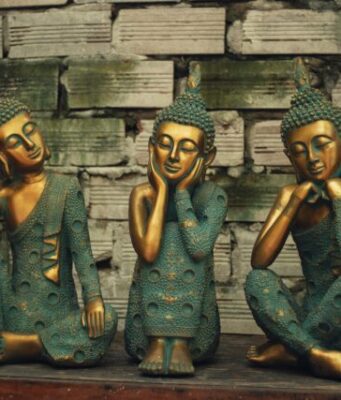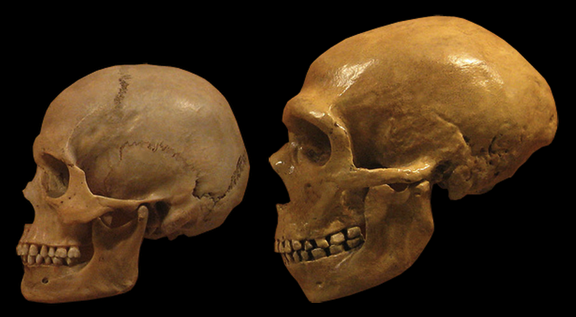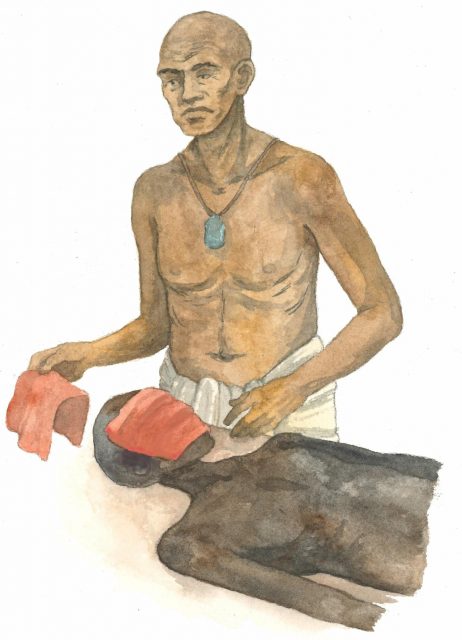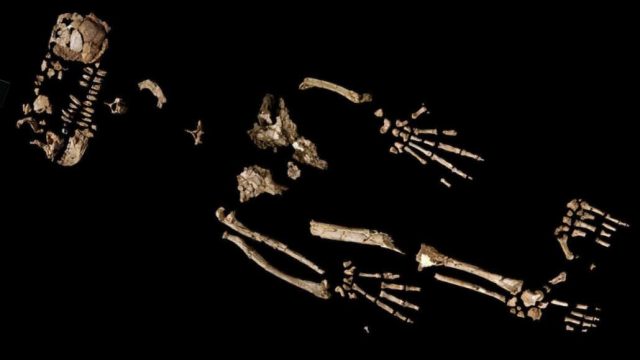The Acheulean was estimated to have died out around 200,000 years ago but the new findings suggest it may have persisted for much longer, creating over 100,000 years of overlap with more advanced technologies produced by Neanderthals and early...
Based on a manual recently discovered in a 3,500-year-old medical papyrus, University of Copenhagen Egyptologist Sofie Schiødt has been able to help reconstruct the embalming process used to prepare ancient Egyptians for the afterlife. It is the oldest surviving...
Paleo-ecologists from The University of New Mexico and at the University of Nebraska-Lincoln have demonstrated that the offspring of enormous carnivorous dinosaurs, such as Tyrannosaurus rex may have fundamentally re-shaped their communities by out-competing smaller rival species.
The study, released...
Evolutionary expert Charles Darwin and others recognized a close evolutionary relationship between humans, chimps and gorillas based on their shared anatomies, raising some big questions: how are humans related to other primates, and exactly how did early humans move...
As a University of Queensland researcher examined a 4600-year-old Egyptian painting last year, a speckled goose caught his eye.
UQ scientist Dr. Anthony Romilio said the strange but beautiful bird was quite unlike modern red-breasted geese (Branta ruficollis), with distinct, bold colors...
A two-meter-long painting of a kangaroo in Western Australia's Kimberley region has been identified as Australia's oldest intact rock painting.
Using the radiocarbon dating of 27 mud wasp nests, collected from over and under 16 similar paintings, a University of Melbourne collaboration...
The media has been rife with stories about democracy in decline: the recent coup in Myanmar, the ascent of strongman Narendra Modi in India, and of course ex-President Trump's attempts to overturn the U.S. presidential election—all of which raise...
Drilling a 270,000-year old core from a Tasmanian lake has provided the first Australian record of a major global event where the Earth's magnetic field 'switched '- and the opportunity to establish a precedent for developing new paleomagnetic dating...
Long held in a private collection, the newly analyzed tooth of an approximately nine-year-old Neanderthal child marks the hominin's southernmost known range. Analysis of the associated archaeological assemblage suggests Neanderthals used Nubian Levallois technology, previously thought to be restricted...
Remains of an ancient monument in west Wales indicate stones that stood at the site may have been dismantled and used to build the Neolithic standing circle Stonehenge, a new study suggested Friday.
Researchers believe some stones used at Stonehenge,...
While scientists and historians have long surmised that etchings on stones and bones have been used as a form of symbolism dating back as early as the Middle Paleolithic period (250,000-45,000 BCE), findings to support that theory are extremely...


















